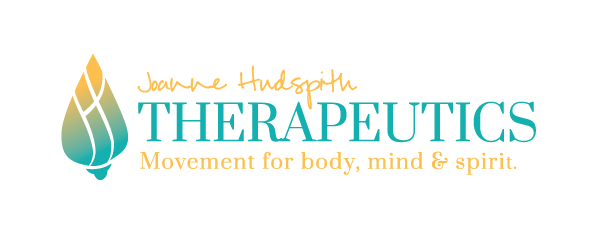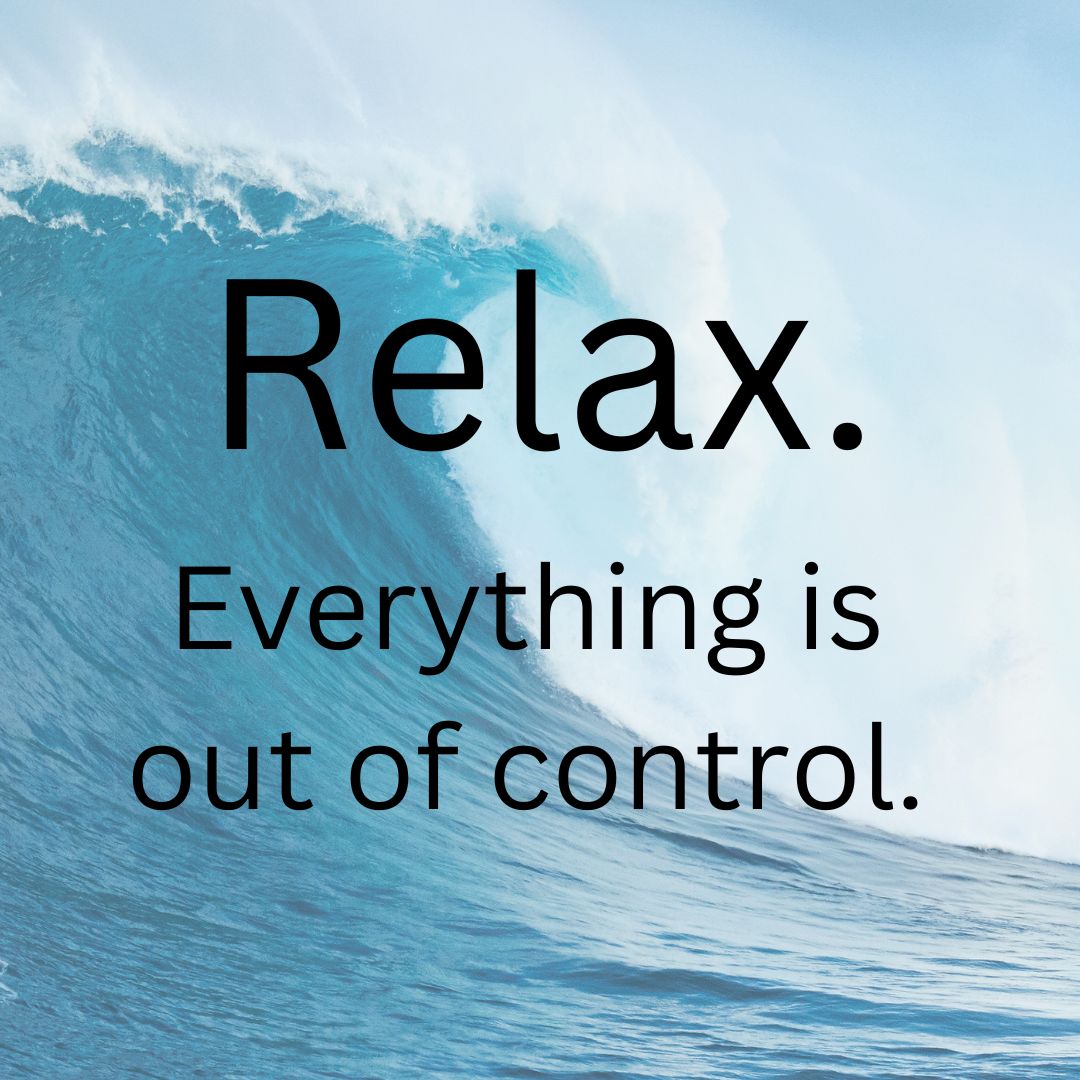To keep my classes relevant, I regularly ask my students for input – are there topics, movements, body parts that they’d like me to address in the movements we do together each week?
Following a recent class, there were a few requests for neck and shoulder work. As I dug a bit deeper, I learned that one person is aware that they hold stress and tension in their shoulders; another person has an old injury that, when aggravated, causes her long-lasting neck pain. And someone else is feeling misshapen due to extra time spent at the computer and would like to find a sense of openness in their upper chest.
These all fall under the umbrella of “shoulder issues”, but all have different root causes, exist in different individuals and can’t be treated or “fixed” with the prescription of the same three or four shoulder exercises. So, instead of designing a “shoulders class”, I shared some insights and suggestions that have arisen from my experiences working with people, movement and pain:
- Pain is the body’s way of telling you that you need to do things differently. If you don’t listen to the subtle messages your body is giving you, it will start to shout louder and louder to get your attention.
- Let go of needing to get it right; move with curiosity rather than expectation – notice what sensations are present, instead of trying to make something happen.
- You don’t need to do all of the movements we do in classes – choose a few that you enjoyed and found helpful. Your daily routine can be anywhere from 5-15 minutes, and you can give yourself a couple of days off each week. Let your movement practice fit your life.
- Remember that connective tissue shapes itself according to the shape you’re living in. You need to change your actions & patterns if you want your connective tissue to change. And be patient!!! Remember it can take up to a year for connective tissue to re-shape itself, and it will shape itself according to what you’re doing. (or not doing)
- When we have pain, it’s usually because something is not working, and something else is overworking to compensate. So, reducing pain is not so much about fixing the place that’s hurting; where the pain is isn’t necessarily where the problem is. Consider relationships and the role of connective tissue.
- Practice moving in moderate ranges to respect structure around joints. Continually moving in extreme ranges will cause strain and nerve impingement.
- Doing the same thing over and over again will create more stress. Get curious about different choices you can make about movement.
- More isn’t better – overworking something to fix a problem will create a new host of problems.
Whether I’m planning movement for myself, for a client or for classes, I remind myself that I could consider the needs of my body as fitting into either “fitness mode” or “rehab mode”, and my approach to movement changes depending on which model is needed.
How do I know what approach is needed?
If I re-injure myself easily when exercising, am recovering from surgery or an injury, dealing with chronic pain, or am getting moving again after being sedentary for an extended period of time, I need to take a rehab approach to movement. Working in rehab mode could be described as moving a bit more cautiously and listening very closely to what my body is telling me. Rehab mode is a bit like checking and rewiring our nervous system – performing movements slowly and clearly so that we can overwrite the old patterns that were causing us pain.
If I’m feeling pretty good, and my body bounces back quickly after challenging myself, I’m in fitness mode. I still need to listen to what my body is telling me, but I can play more with changing speed and adding load, stamina and complexity, experimenting with challenging myself a bit more. Fitness mode is about adding strength and stamina to those movement patterns that are working well for us.
And, it’s entirely possible (and probably usual!) to be in both modes at the same time. For example, I have been dealing with some shoulder issues in the last little while, so when I’ve been doing movements that involve the shoulders, I’m being very careful to listen closely to what my body is saying, keeping things very simple and noticing where it’s appropriate for me to add load and complexity, and listening for when I need to do less and shift my focus to sensing more. (which is really hard to do!!) At the same time, I am feeling stronger and more stable in my legs and hips than I have for a long time, so I am working on challenging myself in those places.
I invite you to reflect on what you need each time you come to movement – to notice the places you need to challenge yourself, and those places you need to tend a bit more carefully. For those of you who are used to pushing through pain because it’s always been there, this can be a challenging practice, and a game-changer. Give it a try over the next little while and let me know how the experience is for you. What are you learning? What are you curious about?
If you’ve heard the term “fascia” used more and more lately, and would like to learn more, here is a fascinating and accessible documentary about the makeup and function of this connective tissue, and its relationship to pain. It’s about 45 minutes long, but well worth the time, so clear some space in your busy social schedule, make some popcorn and enjoy!




